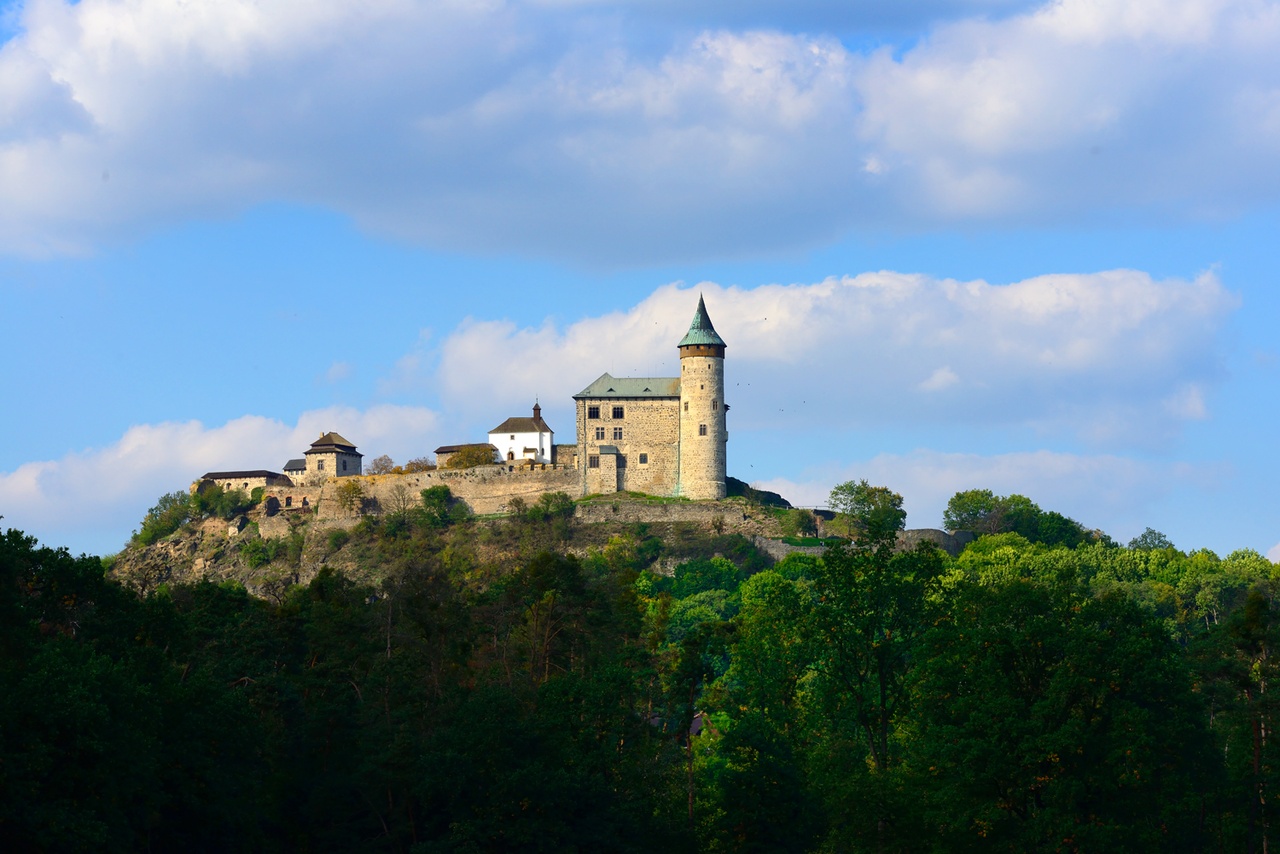
In the past year, 43% of foreigners and 36% of domestic travelers visited one of the cultural monuments in the Czech Republic. Castles and chateaux are the most frequently visited. Monuments in Prague play a leading role, and visitors also spend the most on this activity. Among foreign visitors, the sights in the Czech Republic are most often sought by travelers from the USA, France, Spain, and Italy.
Cultural monuments have long been among the most visited destinations from the point of view of foreign and domestic tourists. During the last year, they recorded a total of over 21 million visits, 3 million year-on-year, and almost 17% more. People in this area most often head for castles and chateaux, but there is also interest in museums and galleries, temples and churches, towers, folk culture, architecture, or perhaps places associated with important personalities.
“From the VISA data, it follows that expenses for activities from the category of cultural monuments make up roughly 17% of all tourist spending, the most of which is in Prague – almost 80%. Those who are further away from us travel to see monuments. It is logical – if a person is considering a longer trip, he wants to see as much of the country as possible. But those who believe in cultural monuments and history also include people who have culture in their blood. In addition to US citizens (73%), travelers from France (77%), Spain (73%), or Italy (72%) also search for them most often. Swedes (69%) and the Dutch (66%) also like them. On the other hand, citizens of neighboring countries – Austria, Slovakia, Poland, and Germany – spend their stay in the Czech Republic also in other activities, and on average a third of them go to see sights in their own country,” sums up František Reismüller, director of the Czech Tourism Office – CzechTourism.
Last year, 4.2 million people visited state castles, chateaux, and other monuments managed by the National Institute of Monuments, which is a year-on-year increase of 10%. % more than the year before. Last year, the greatest increase in the interest of tourists was recorded in monuments after restoration, which made available additional spaces or sightseeing routes and thus offered new things to visitors.
“The other most visited monuments are Lednice Castle with 349,000 visitors or the European Marian pilgrimage site Svatá Hora in the Příbram region, which was visited by over 310,000 people. There is also considerable interest in the largest Czech outdoor museum – the Wallachian Museum in Rožnov pod Radhoštěm, where 305,000 people went. tourists. The Sedlec Campus in Kutná Hora, which was chosen for a visit by 291,000 people, is sought after. tourists, the art nouveau gem of Prague, the Municipal House, which was visited by 261 thousand visitors, or the Old Synagogue, where last year they welcomed over 251 thousand. lovers of history and sacred monuments,” adds Petr Janeček, head of the Institute of Tourism of the Czech Tourism Headquarters – CzechTourism.
Monuments, as a key attraction, form the basis of CzechTourism’s promotion of the country. They are reflected in almost all her activities. The aim is to support tourism in all regions. Including those that are away from the crowds but have a lot to offer and are worth a visit. An example of a campaign for the domestic market is the TV series Skryté skvosty, the second season of which is currently running on ČT, and in which the actor Jaroslav Plesl, himself a passionate lover of monuments, guides viewers through lesser-known jewels of Czech historical architecture.
Those interested can also find tips for visiting cultural monuments, including lesser-known and normally inaccessible objects, on the Kudy z nudy web portal. They can thus remember the International Day of Monuments, which was declared in 1982 by UNESCO and the United Nations Department for Education, Science, and Culture, and which falls on April 18 every year.

